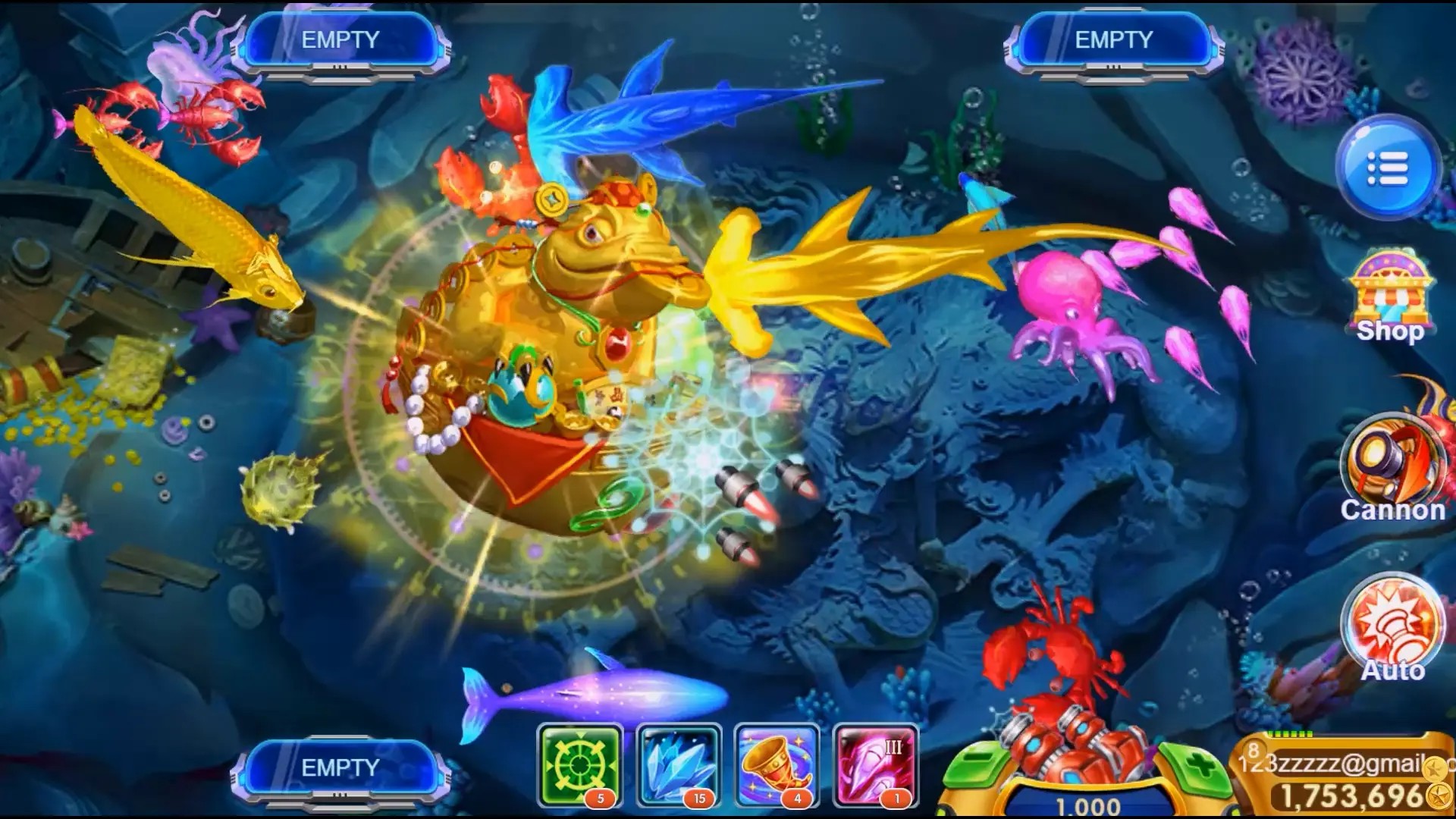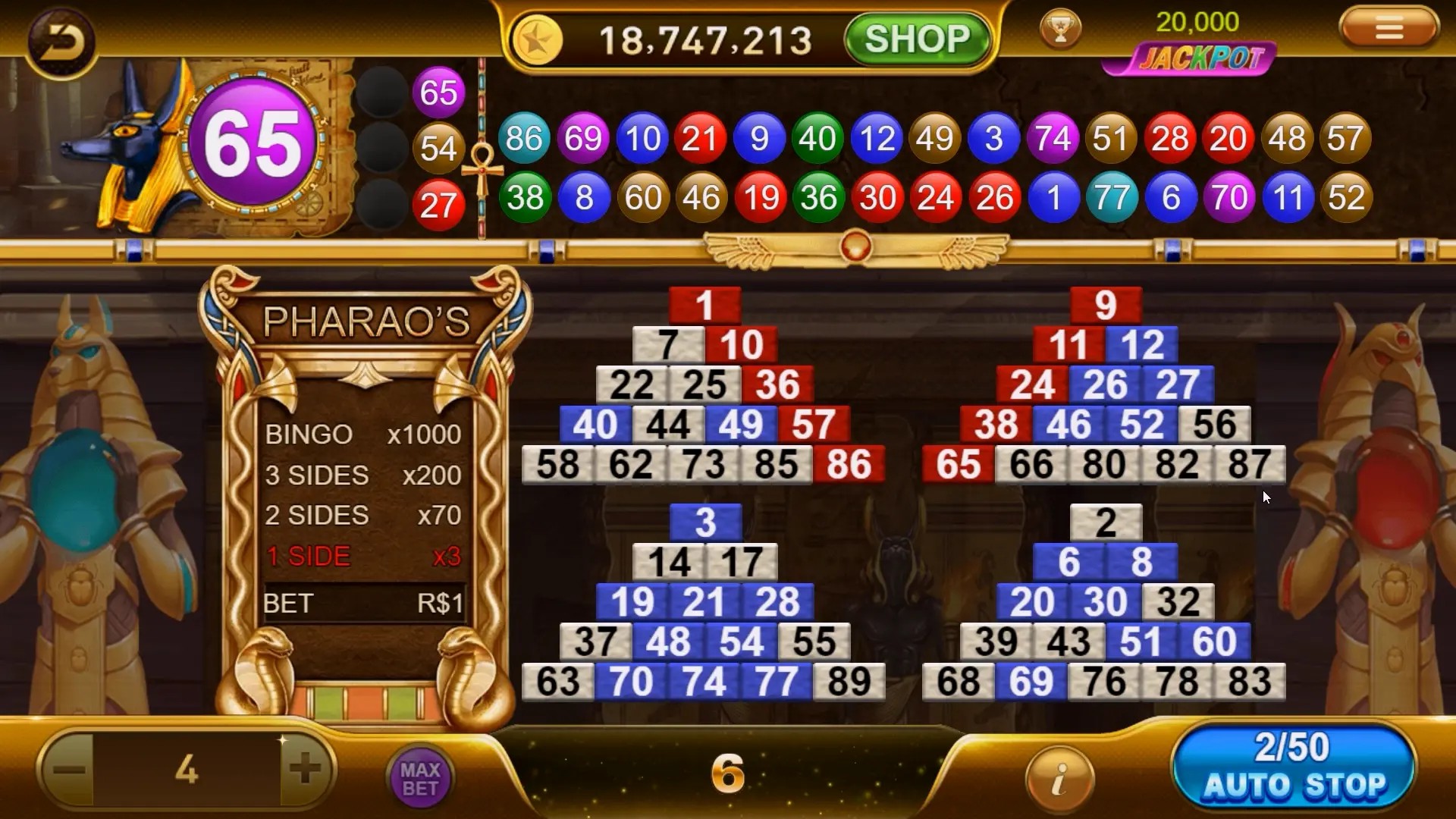Why Sandbox Games Are Revolutionizing the World of Farm Simulation Games
In recent years, the gaming industry has witnessed a fascinating trend where sandbox games are making significant strides in the realm of farm simulation games. This transformation isn't just about aesthetics or gameplay mechanics; it’s a complete overhaul of how players engage with farming experiences. Let’s dive deeper into the nuances of this revolution and explore why sandbox games are becoming the forefront of innovation in farm simulation.
Understanding Sandbox Games
Sandbox games allow players to explore open worlds with minimal restrictions. The freedom to create, manipulate, and interact with various elements makes these games particularly engaging. Unlike traditional games, which often follow a linear story, sandbox games empower players to forge their own narratives. In farm simulation, this translates to not just growing crops but also building the farm of your dreams.
Farm Simulation Games: A Brief Overview
Farm simulation games let players experience agricultural life, often focusing on tasks like planting, harvesting, and livestock management. These games have a loyal following, primarily due to their calming nature and the satisfaction derived from cultivating virtual land. However, they have often been criticized for their repetitive gameplay. Here’s where sandbox mechanics come into play.
Simplistic Gameplay vs. Dynamic Interaction
Traditional farm simulations may involve simple mechanics such as basic planting and harvesting. In comparison, sandbox games introduce a layer of dynamic interaction. Players can design their farms, engage in trade, and even battle with each other in a match battle setting. This element of conflict can introduce thrilling challenges, as seen in popular franchises like Ratchet and Clank, merging strategy with creativity.
The Role of Player Creativity
One of the most fascinating aspects of sandbox games is the inherent value placed on player creativity. In farm simulation games, players are no longer confined to predefined objectives. They can build unique structures, create intricate layouts, and even customize their farming methods. This kind of freedom leads to richer player experiences and deeper engagement.
Community Building Through Multiplayer Features
Sandbox games thrive on community interactions. Multiplayer functionalities allow players to connect, trade, and even collaborate on massive farm projects. This connectivity enhances the gaming experience by enabling virtual relationships and economies. Farm simulation games infused with sandbox elements often encourage cooperative play, leading to vibrant communities.
Realism vs. Fantasy in Farming
Many traditional farm simulation games aim for realism, focusing on accurate representations of farming practices. However, sandbox games often embrace a more fantastical approach, allowing for exaggerated growth rates and whimsical creatures. This shift in tone can make farming more accessible and enjoyable for a broader audience. Players can indulge their fantasies, creating environments that wouldn’t exist in real life.
Customization Options in Farm Simulations
- Choose from a variety of crops and livestock.
- Design your own farm layout with buildings, fences, and waterways.
- Use color palettes and materials that suit your visual preferences.
- Innovate with advanced farming techniques.
- Explore unique landscaping features.
Innovative Game Mechanics
The incorporation of sandbox elements brings forth innovative game mechanics that enhance player engagement. For example, players can navigate economies that react to supply and demand, or challenge each other through competitive farming contests. These mechanics provide fresh experiences within the familiar context of farm life, which many players may appreciate.
Cross-Genre Influence: Merging Ideas
One of the most exciting developments in gaming is the crossover of genres. By blending farm simulations with elements from RPGs or action games, developers can create a diverse gameplay experience. For instance, you might find yourself participating in a last war survival game that requires you to defend your farm against invaders while managing crops and livestock.
Challenges Faced by Sandbox Farming Games
However, not everything is smooth sailing. Sandbox farming games may encounter issues such as:
- The potential for players to feel overwhelmed by the abundance of choices.
- Balancing gameplay so that it remains challenging without becoming frustrating.
- Technical glitches due to complex game design.
The Future of Farm Simulation Games
Looking ahead, it’s clear that the integration of sandbox elements will continue to shape farm simulation games. As technology evolves and player expectations shift, developers must adapt and innovate. This means more immersive graphics, enhanced interactivity, and even deeper integration of community features.
Conclusion: Embracing the Revolution
In essence, sandbox games are not just trendsetters; they’re revolutionizing the landscape of farm simulation games. By offering players unprecedented freedom and innovative gameplay mechanics, these games promise to enrich the gaming experience. As the lines between different genres blur, the possibilities for what farm simulations can become are limitless. Gaming enthusiasts can look forward to a flourishing landscape where creativity, community, and enjoyment reign supreme. What will the next big hit in farm simulation be? Only time will tell.



